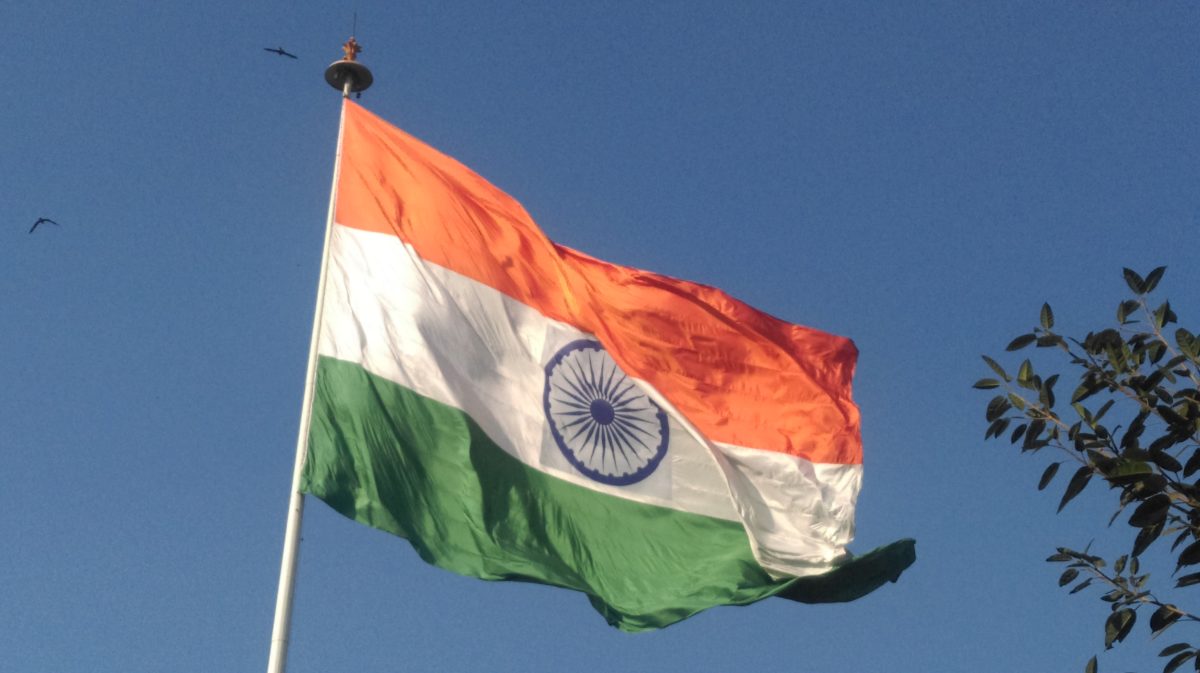The Conference of Power and New & Renewable Energy Ministers of States and Union Territories was held on December 8, 2017. It was chaired by the Union Minister of State (IC) for Power and New & Renewable Energy, Raj Kumar Singh, and was attended by Power and Energy Ministers of 17 States and one Union Territory (UT).
The ministers presented their status and recommendations to achieve renewable targets and promote uniformity across their respective states.
24×7 Power for All
States resolve to electrify all remaining Census inhabited un-electrified villages by December 2017 and provide electricity connections to all willing households by December 2018. They also resolve to provide infrastructure for seamless power supply to consumers by March 2019 and clear all current years Government dues of DISCOMs along with 25% of arrears so that entire old dues are paid by March 2019.
Power reforms
States resolve to prepare a roadmap for reduction of cross-subsidies as per the tariff policy by March 2018, and bring in tariff reforms by simplification of consumer tariff categories and rationalization of electricity tariffs. The conference also concluded that states must ensure that DISCOMs enter PPAs and honor PPAs, particularly for wind and solar where tariff has been set through a transparent and competitive bidding process. States must also ensure compliance of Renewable Purchase Obligation (RPO), including compliance through a mechanism of purchase of REC (renewable energy certificates), as per a revised tariff policy and RPO trajectory notified by the Ministry of Power on July 22, 2016. The Ministry has asked the states to send suggestions on the future RPO trajectory from 2019-20 to 2021-22.
New and Renewable Energy
Ministry has stressed on the forecasting and scheduling of renewable energy for large-scale grid integration by utilizing services of NIWE and other agencies. Therefore, it is recommended to set up the necessary infrastructure for metering and communication at all substation levels for real-time data generation. Also, to submit a trajectory for bidding for solar/wind (mark with annual plan) and participate in a scheduled bidding program. The conference resolved to achieve the RPO target every year and promote the decentralized production of power – learning from models implemented in Karnataka, Telangana, Maharashtra, and Gujarat.
The States asked to submit proposals for solar parks under additional 20,000 MW capacity under the Solar Park scheme and promote solar rooftops – ensuring hassle-free grid connectivity, and solar pumps to replace diesel pumps. The conference concluded to participate in Kisan Urja Suraksha evam Utthaan Mahabhiyan (KUSUM) for setting up of 10,000 MW of decentralized ground mounted grid connected solar power plants, installation of 1.75 million standalone solar pumps, and the solarization of one million grid-connected agriculture pumps and 50,000 tube-wells/lift irrigation projects by financial year 2021-22, with the objective of providing financial and water security to farmers. The ministry has aimed to identify at least one city to become 100% renewable.
This content is protected by copyright and may not be reused. If you want to cooperate with us and would like to reuse some of our content, please contact: editors@pv-magazine.com.








By submitting this form you agree to pv magazine using your data for the purposes of publishing your comment.
Your personal data will only be disclosed or otherwise transmitted to third parties for the purposes of spam filtering or if this is necessary for technical maintenance of the website. Any other transfer to third parties will not take place unless this is justified on the basis of applicable data protection regulations or if pv magazine is legally obliged to do so.
You may revoke this consent at any time with effect for the future, in which case your personal data will be deleted immediately. Otherwise, your data will be deleted if pv magazine has processed your request or the purpose of data storage is fulfilled.
Further information on data privacy can be found in our Data Protection Policy.